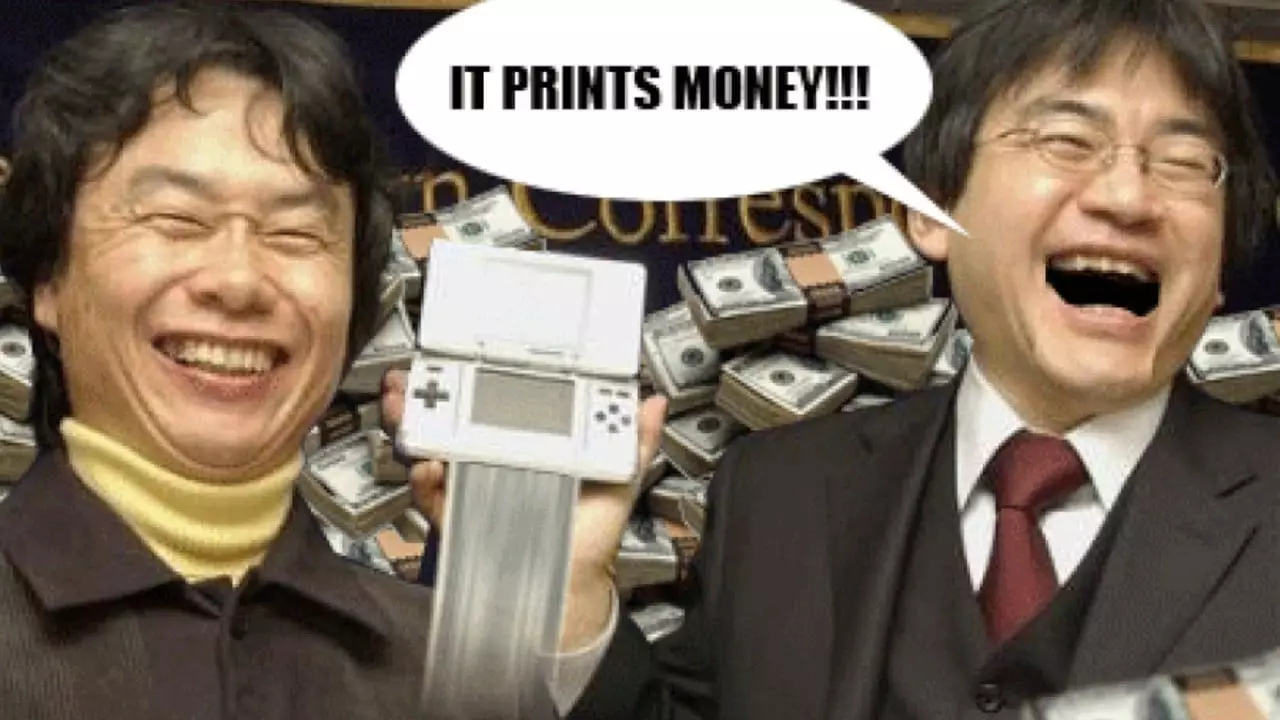The Nintendo DS forever altered the landscape of handheld gaming, and its success transcended mere sales numbers. In a market dominated by the iconic Game Boy line, Nintendo’s audacious decision to launch the DS not only revitalized the brand but also redefined what portable gaming could be. This article examines the DS’s ascent to prominence, the cultural shifts it brought about, and the legacy it left behind in the gaming world.
From Game Boy to Nintendo DS: A Transitional Era
When we look back, it’s hard to imagine that the Nintendo DS was once seen as a risky venture, nearly an afterthought next to the robust offerings of the Game Boy Advance and GameCube. The Game Boy was synonymous with handheld gaming; anyone who grew up in the ’80s or ’90s certainly has memories with the gray brick in hand. However, the DS was Nintendo’s bold response to a shifting gaming landscape that included the emerging threat from competitors like Sony’s PlayStation Portable (PSP).
The initial reaction to the DS was filled with skepticism. The prototype featured dual screens and an unconventional design, leading many to question whether such a contraption could successfully lure gamers away from the nostalgia of the Game Boy. Some viewed it as a desperate leap rather than an innovative strategy. Early impressions were tainted with doubt; the hardware’s clunky appearance paled compared to the sleek and sophisticated PSP, which boasted impressive graphics and multimedia capabilities.
Despite these concerns, Nintendo forged ahead. The launch of the DS was a pivotal moment, showcasing the company’s willingness to take creative risks. By strategically positioning the device as a ‘third pillar’ in its console lineup, Nintendo aimed to attract audiences that had felt marginalized by previous offerings. The initial uncertainty soon transformed into excitement as developers and consumers began to see the untapped potential of the dual screens.
The sturdy foundation of the DS was laid not only in its unique hardware but also in its equally extraordinary software library. Titles such as *Brain Training* and *Nintendogs* appealed to audiences who were previously distant from gaming culture, expanding demographics in unprecedented ways. These games simplified complex mechanics, highlighting accessibility and fun for all. The traditional gamer was no longer the sole focus; instead, Nintendo showed how gaming could encompass a broader audience, filling bright and engaging experiences into the hands of children, adults, and even non-gamers.
This shift was part of a larger “blue ocean strategy,” championed by then-president Satoru Iwata, and emphasized creating entirely new demand rather than competing directly with existing gaming markets. The DS thrived on this approach, paving the way for multiple franchises to emerge in fresh formats. Classic series like *The Legend of Zelda* and *Pokemon* were reimagined to fit into the DS’s innovative structure, ensuring that loyal fans felt included while simultaneously drawing in newcomers.
The successful launch of the Nintendo DS Lite further exemplified how the device could adapt to shift market perceptions. With a sleeker design that could hold its ground against the PSP, it addressed early criticisms regarding the DS’s bulkiness. This iteration catapulted the DS into mainstream consciousness, energizing sales and establishing a foundation for a new era of handheld gaming.
The Nintendo DS became a juggernaut in the gaming industry, and it is difficult to overstate its influence. Beyond sales figures, which reached over 154 million units worldwide, it reshaped Nintendo’s approach to gaming, re-engaging audiences and infusing creativity back into the industry. The handheld’s legacy can be traced into the future, influencing designs and conceptions of subsequent hardware, including the 3DS and Nintendo Switch.
Hiroshi Yamauchi, Nintendo’s longest-serving president, notably stated the significance of the DS’s potential success or failure as a gamble with divine consequences. Though his words may have been hyperbolic, they highlighted the precarious nature of Nintendo’s market position at the time. The DS wasn’t merely a product; it was an essential lifeline that ushered Nintendo into a new age, ensuring that the brand continued to thrive in an increasingly competitive environment.
The Nintendo DS was more than just another gaming device; it resonated with players in ways previously unimagined and provided a transformative experience for both the industry and its audiences. As we reflect on its incredible accomplishments, it’s apparent that the DS holds a special place in the history of gaming—one that will be remembered for its daring innovation and profound cultural impact.

